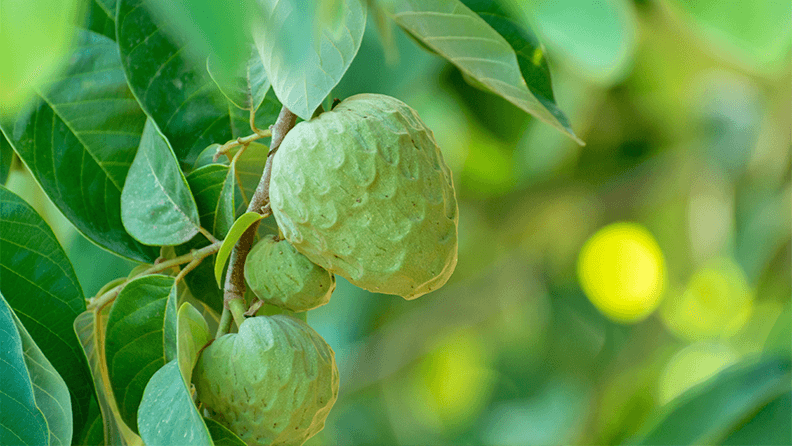Pomegranate
- Scarlet Allen
- Jun 30, 2023
- 2 min read
punica granatum

Habitats: Dry limestone soils to 2700 metres in the Himalayas!
Main bloom time: June to September
Bloom color: Orange, Red
Harvest time: october-february
Growth: 3-8 meters
Edible parts: Fruit, Leaves, Seeds
Other uses:
Plants present at Son Selva: 3
Pomegranates grow on a fairly small tree throughout the Mediterranean region. The fruit is in season from October to February. The trees can get quite old, some of them up to 200 years. The seeds are quite difficult to get out of the husk but the work ist definitely worth it!
They are packed with vitamins, minerals and fibre and up to three times more antioxidants than green tea or red wine. There are many studies that suggest that pomegranate reduces blood sugar levels and blood pressure. Even the husk is used for medicine and is supposed to prevent cancer.


Pomegranates have been cultivated for thousands of years and are mentioned by the ancient egyps the ancient greeks, in the bible, the torah and the coran.
Sandro Botticelli:
Madonna with a pomegranate, 1487
My personal love for pomegranates:
I often get asked what led me to Mallorca and I never really have a good answer. But one big reason is, that I love the taste of most mediterranean plants. I never visited Mallorca as a child, but my first holiday without my family was in Ibiza and I was 3. And I still remember eating my very first pomegranate.

My friend Leila and me eating pomegranates at the beach sometime in 1991.
It was the very first tree I planted at Son Selva:

Medicinal uses:
The pomegranate has a long history of herbal use dating back more than 3,000 years. All parts of the plant contain unusual alkaloids, known as 'pelletierines', which paralyse tapeworms so that they are easily expelled from the body. The plant is also rich in tannin, which makes it an effective astringent. It is used externally in the treatment of vaginal discharges, mouth sores and throat infections. The whole plant, but in particular the bark, is antibacterial, antiviral and astringent. This remedy should be used with caution, overdoses can be toxic! The flowers are used in the treatment of dysentery, stomach ache and cough. The juice of the flowers is used to treat nose bleeds. The seeds are demulcent and stomachic. A decoction of the seed is used to treat syphilis. The fruit is a mild astringent and refrigerant in some fevers and especially in biliousness. The rind of the fruit is ground in water and drunk every morning by diabetics. In addition, it has been shown to reduce cell death from oxidation. The plant has potential as an active ingredient in preparations for the treatment of skin-ageing in post-menopausal women.
Source: Plants for a Future




Comments